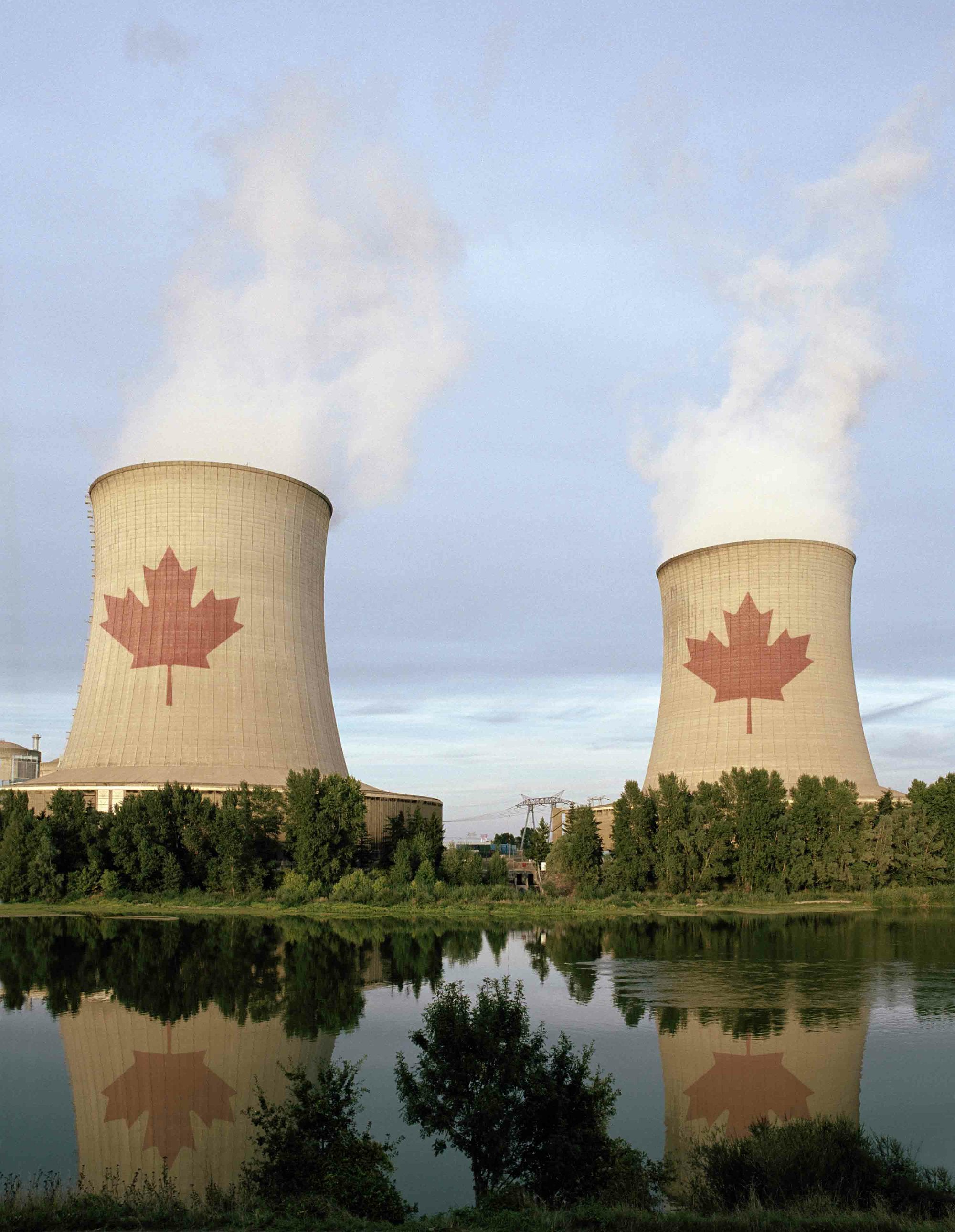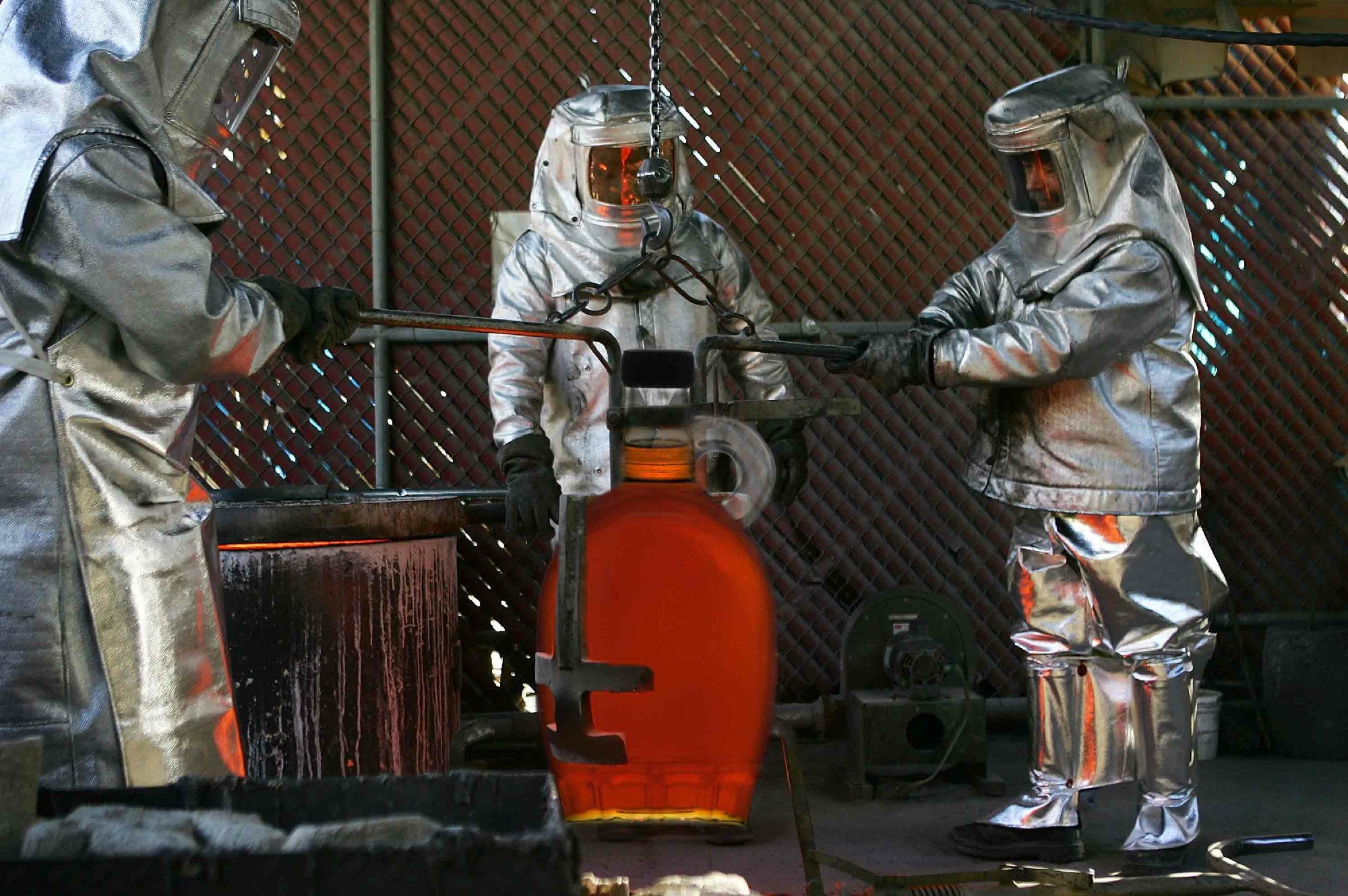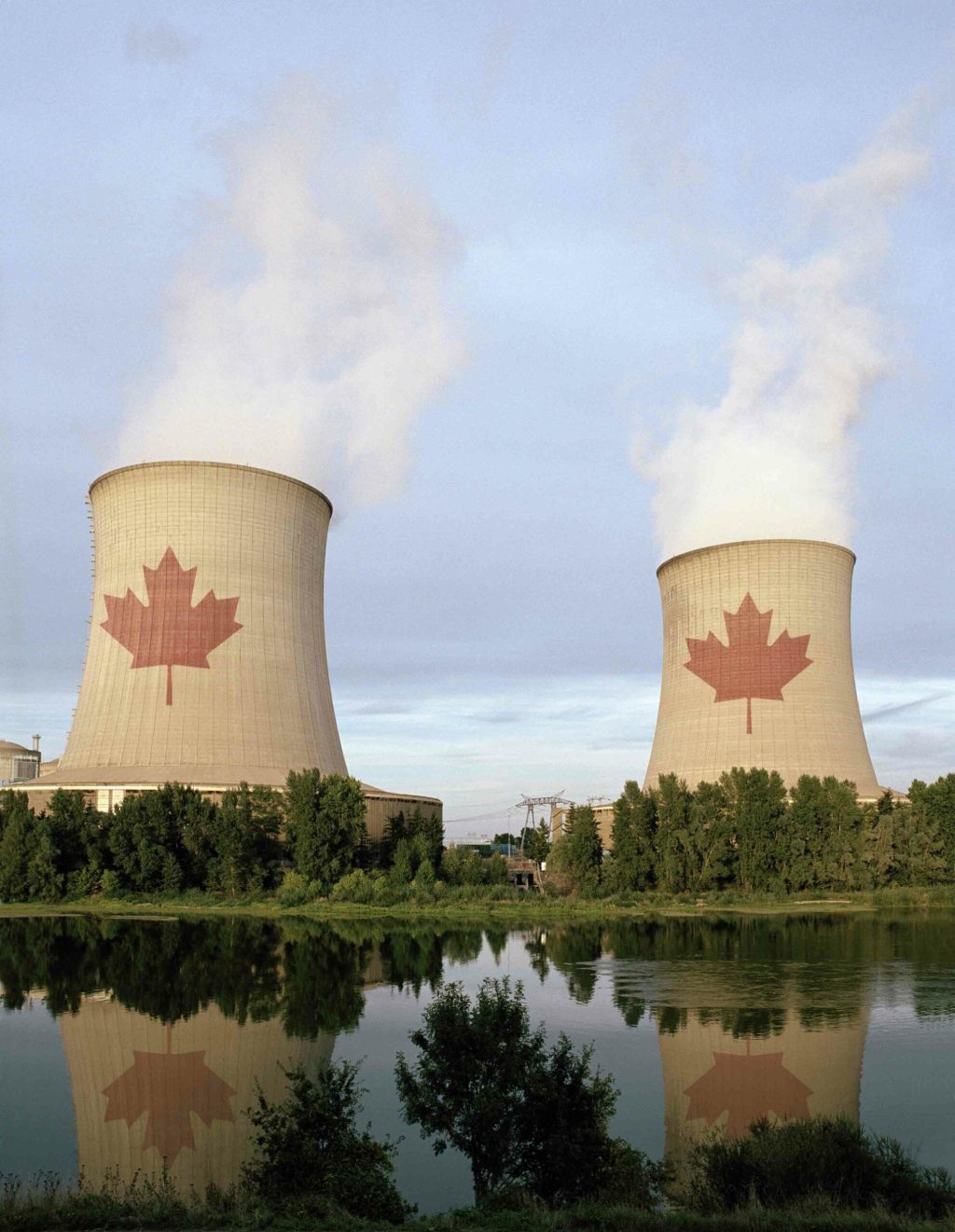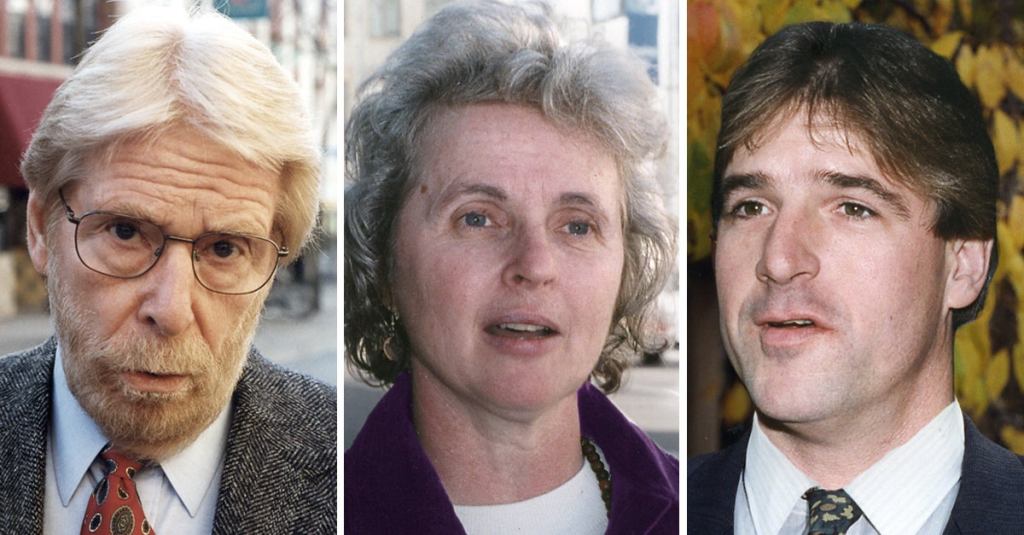OTTAWA—Canadian prime minister Stephen Harper addressed growing public concerns about the safety of his country’s maple syrup reactors Thursday, reassuring citizens that the sucrose fission facilities posed little risk of failure and there was absolutely no reason to be concerned.

“In light of recent global events, I want to assure everyone that our maple syrup reactors are still the safest in the world,” Harper said. “A team of engineers inspected every maple syrup reactor in Canada and found that all the backup systems and safeguard measures were in place and functioning properly.”
Harper maintained that safeguarding the production of maple syrup was crucial, as it represents 70 percent of the Canadian economy, generating more than $900 billion each year. Harper also said the nation’s 75 maple syrup reactors, which produce 7 billion gallons annually, were a considerable distance away from population centers.
“Maple syrup is still the safest form of sweetener,” Harper said. “It’s far less dangerous than molasses.”
According to Canadian maple syrup authorities, a 30-day assessment of the nation’s Pressurized Heavy Syrup Reactors determined the sugar-maple cores were sufficiently cool, xylem sap levels remained stable, and spent maple-candy rods had been disposed of according to regulations. In addition, engineers were reportedly encouraged after monitoring sensors indicated boiling temperatures remained in a safe range that would prevent a devastating maple syrup catastrophe.
During the nationally televised press conference, Harper also introduced Liam McGraw, the chairman of the Canadian Maple Syrup Safety Commission, who assured reporters that Canada’s top chemists and maple syrup physicists were diligently working to improve reactor performance by studying the sugary material and eliminating any possibility of leaks.

“As you can imagine, we have numerous fail-safes in place in case of emergencies,” said McGraw, gesturing toward several diagrams. “These include protective barriers consisting of thick steel, concrete, and batter-cake walls with indented lattice patterns that soak up and contain the sweet, sticky liquid.”
McGraw also said concerns that trace amounts of sucrose had seeped into the water supply of the United States were unfounded.
“We’ve learned our lesson from the 1998 Winnipeg incident,” McGraw said of the infamous core meltdown, which released dark amber material into the environment, coating vegetation and wildlife in the viscous liquid. “If there were a disaster, we’d be prepared for it. We have protective flapjack fortifications in place to ensure containment.”
Despite the government’s assurances of emergency readiness, members of a Canadian maple syrup watchdog group remained critical, claiming a major syrup reactor disaster could expose millions to hazardous levels of concentrated sugars. William Anderson, the organization’s president, said a severe meltdown that dispersed syrup particles into the atmosphere would contaminate soil, immobilize vehicular traffic, and send more than 200,000 citizens into hyperglycemic shock.
“Just imagine, if one of those reactors blew up, there’d be syrup covering everything in a 1,000-mile radius,” said Anderson, adding that overexposure could also lead to type 2 diabetes. “And it’s so sticky that it’s unlikely we’d be able to remove all of it for 10,000 years. The Maple Syrup Safety Commission needs to stop turning a blind eye to these very real dangers and tell us the truth.”
Although Harper announced Canada’s plans to build at least 15 more maple syrup reactors by 2015, many have expressed interest in switching to a safer form of sweetener production by tapping strategic honey reserves or extracting agave nectar from underground mines.







